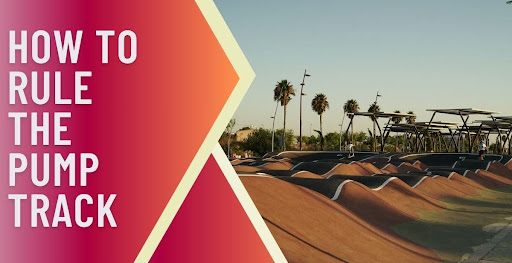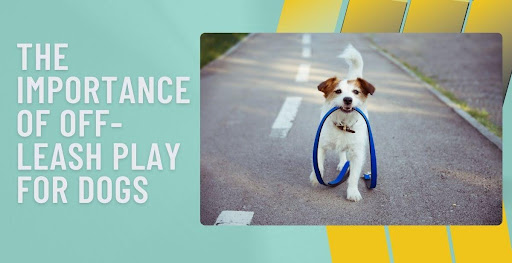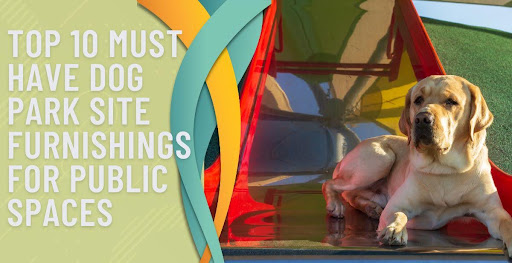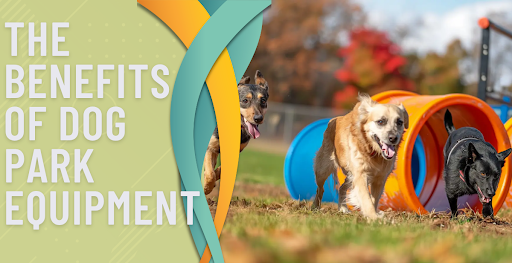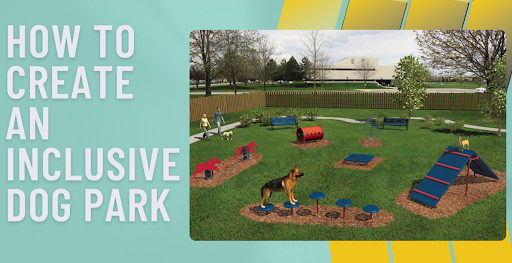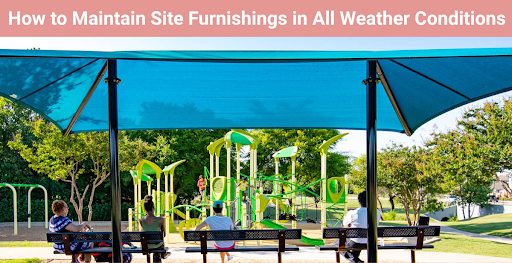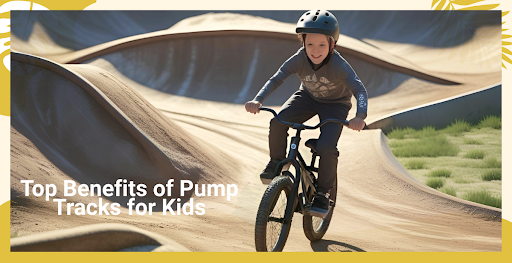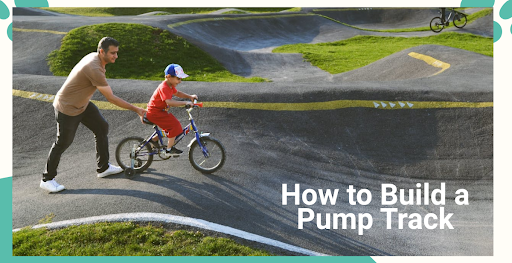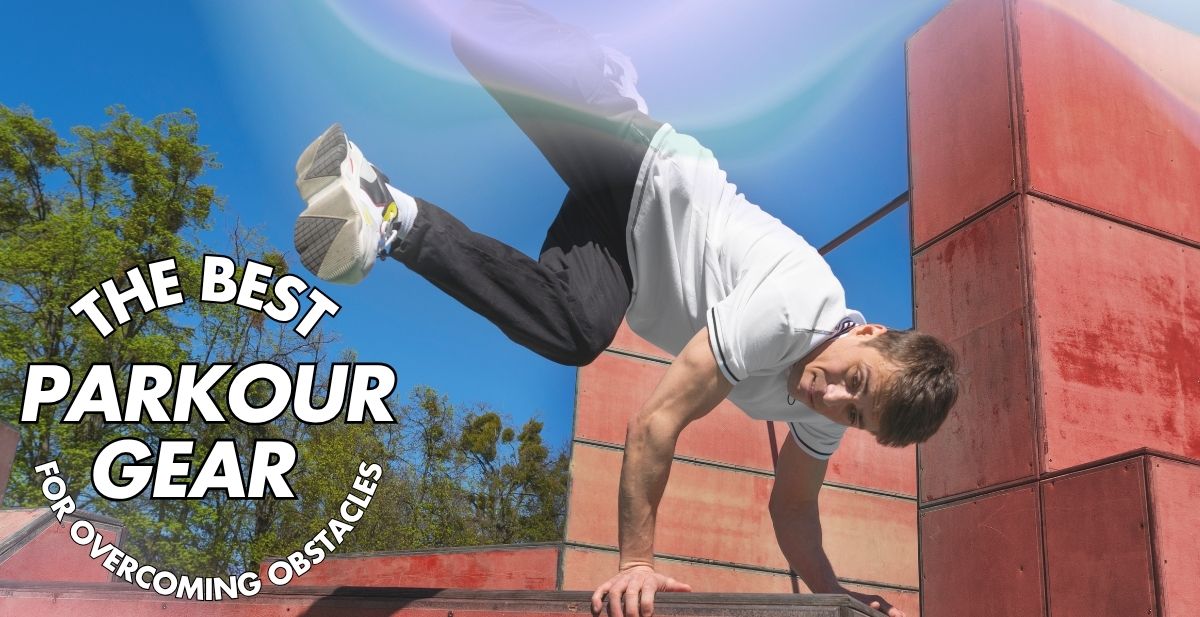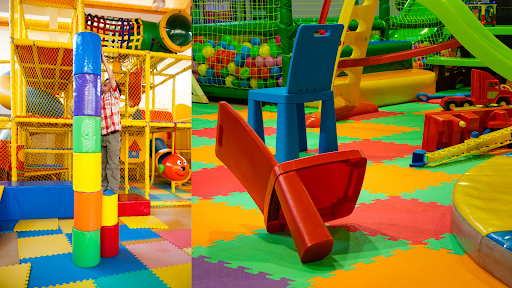Introducing A New Way To Play: Parkour
Learn what parkour is, how safe it is, and how to design a functional parkour space that works for all ages and skill levels.

.avif)
Where does parkour come from?
Parkour originated in France. Parkour is also known by freerunning, or in French: "Art Du Deplacema" meaning "The Art of Displacement".
It began catching widespread popularity in Europe around 2003 through viral internet and TV clips. Since then, parkour has been growing exponentially across the globe.

How to do parkour
In its simplest form, parkour is running, jumping, and climbing without the use of any special equipment. The parkour practitioner should only be using the surrounding environment such as walls, railings, etc. The goal is to continue moving seamlessly throughout the environment without interruptions from your environment. The beauty of parkour is that there is no "right" or "wrong" way to do it. Every parkour practitioner can use their own creativity to create their own style and moves.

Who is parkour for?
Parkour is for anyone and everyone. It's an accessible sport that can be done almost anywhere. Parkour looks different for everyone, so if you can't run, jump, or do crazy looking flips off walls, don't worry. Parkour doesn't have to look like that for you. You can create your own style and it can look however you want. Having a parkour coach in the beginning can be helpful, but is not necessary.
Where can you do parkour?
Anywhere. That's part of why parkour has become so popular over recent years. You don't need to go to a dedicated place to practice parkour, all you need is your local environment. However, having a dedicated environment for parkour can be extremely helpful for practicing certain moves and developing your own style. Dedicated parkour parks are also a more accessible and safer way to practice parkour.
One of the major differences between practicing parkour in a dedicated parkour park vs out in the city is the ability to predict other people's behaviour, and the risk of trespassing. A dedicated parkour space allows the parkour practitioner to do a parkour run without worrying about running into pedestrians or bystanders that may not be expecting an individual practicing parkour to come by. There is also no risk of trespassing or injuring others when at a dedicated parkour park.
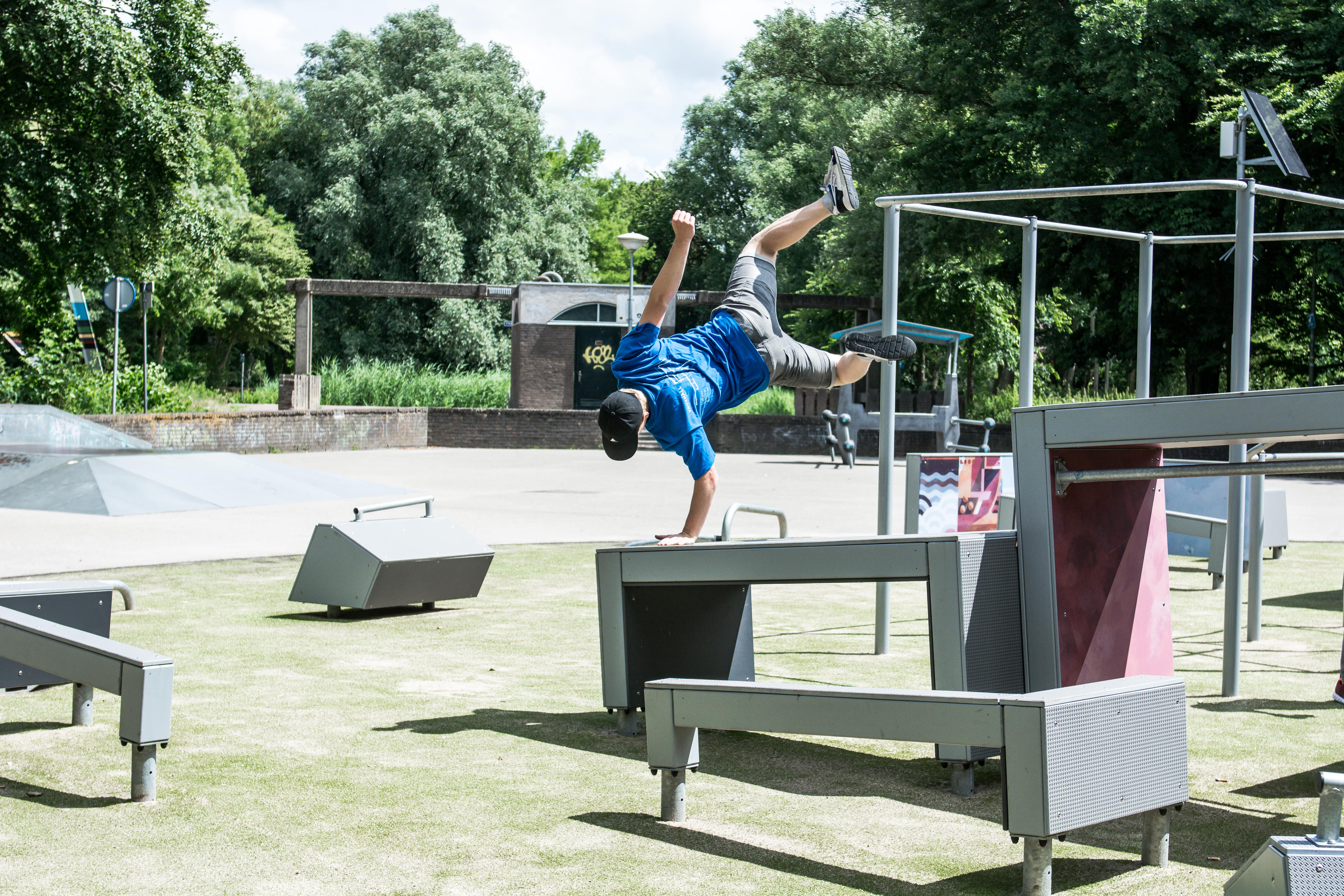
Why do parkour?
According to research, parkour has many benefits for practitioners.
Physical
- Overall body strength development
- Cardiovascular endurance
- Enhanced core strength
- Bone strength
- Skill-related fitness
Mental
- Develops a sense of competence
- Develops self-efficacy, confidence, and esteem
- Promotes learning
- Fosters creativity and quick thinking
Social
- Reduces anti-social behaviour
- Promotes solidarity and co-operation over competition
- Boosts sports related identity
- Experience togetherness and a sense of belonging

Is parkour safe?
Parkour is often considered a dangerous sport due partly to the viral YouTube videos and TV clips. In reality, parkour is a relatively safe sport when practiced properly, and even safer when done in a dedicated parkour park.
Training parkour looks much different than a completed parkour run filmed for virality. Training parkour is slow and methodical. Practicing and mastering one move before chaining another move to it, and so on and so forth. In videos, the audience sees the finished product that has likely taken the parkour practitioner countless hours to master. The training process is done safely behind the scenes, and it is very rarely shown to the audience.
According to the research, parkour is actually safer than a sport like soccer or basketball.

Creating a dedicated space for parkour
With the exponential rise in parkour popularity, it is now more important than ever that we, as park and playground professionals adapt to this new art of play.

Our new Parkour course offerings allow people of all ages to do everything their parents told them not to, in a safe environment! Jump over and under railings, hang and swing onto a landing area, leap from one structure to the next, do it all and get healthier while you do it! By designing Parkour Courses intelligently we are able to provide true multi-generational fitness and fun where people can discover their capacity for movement and challenge themselves to understand the true capabilities of their bodies.
- Tim Aylesworth, Park N Play Design Territory Manager
It is our duty to understand what the different types of play look like, and it is clear that parkour is here to stay. That's why Park N Play Design now carries Dash Parkour - a suite of parkour products designed by parkour professionals. We believe that by creating a dedicated space for people to practice parkour, we can help provide an outlet for the younger generations to deal with the stress of daily life. The parkour community is inclusive and accessible, and aligns perfectly with our philosophy of inclusive design.
Park N Play Design is proud to carry this suite of parkour products. Contact us today for assistance on designing your parkour park today.


